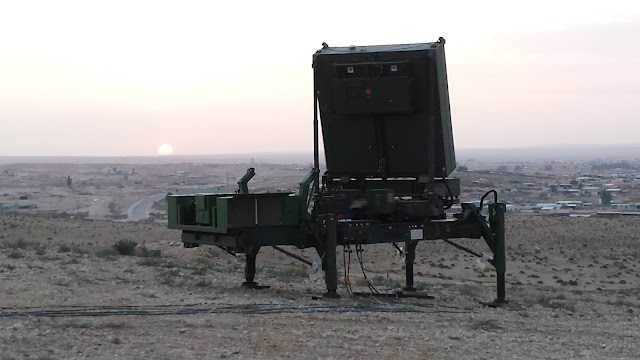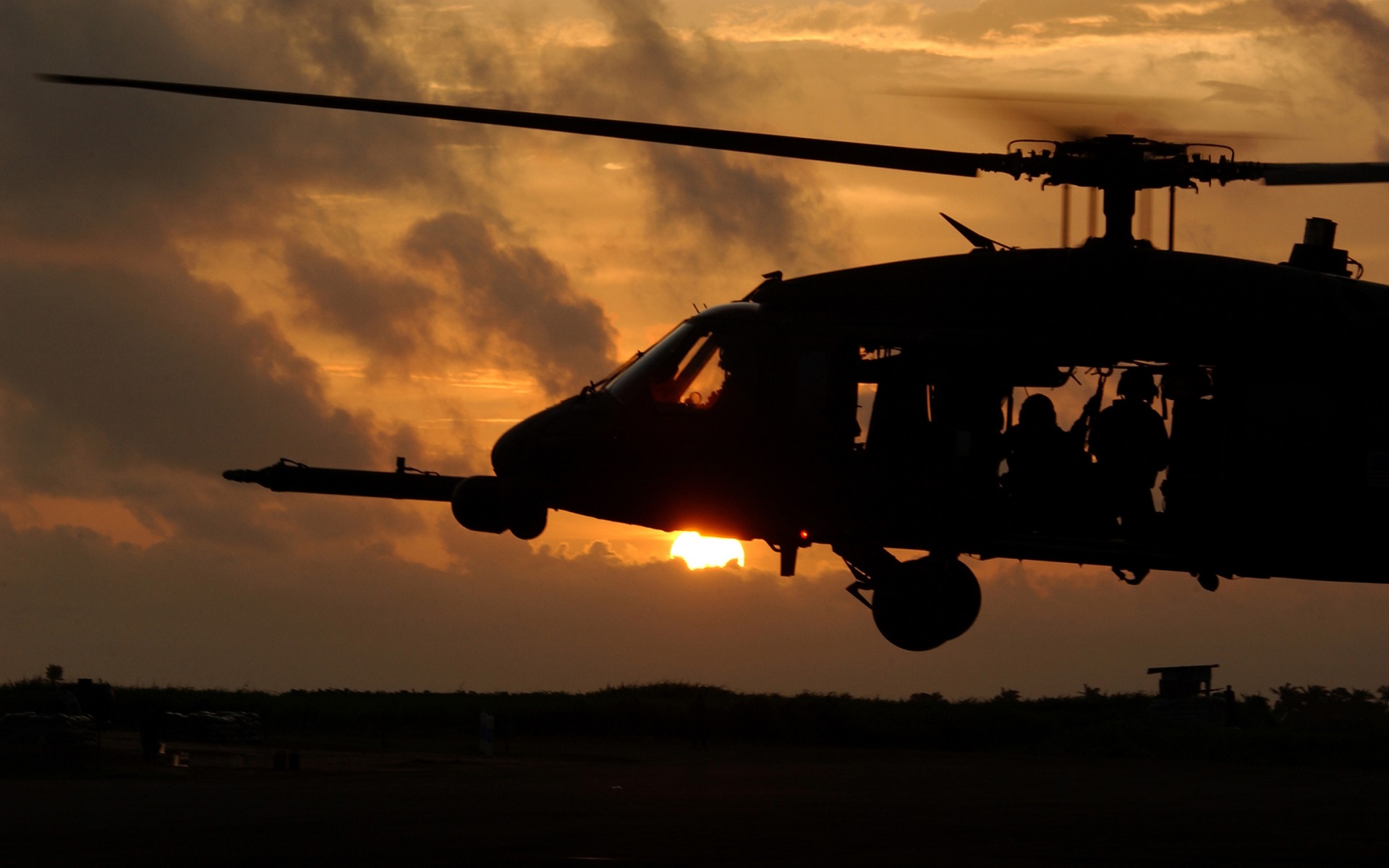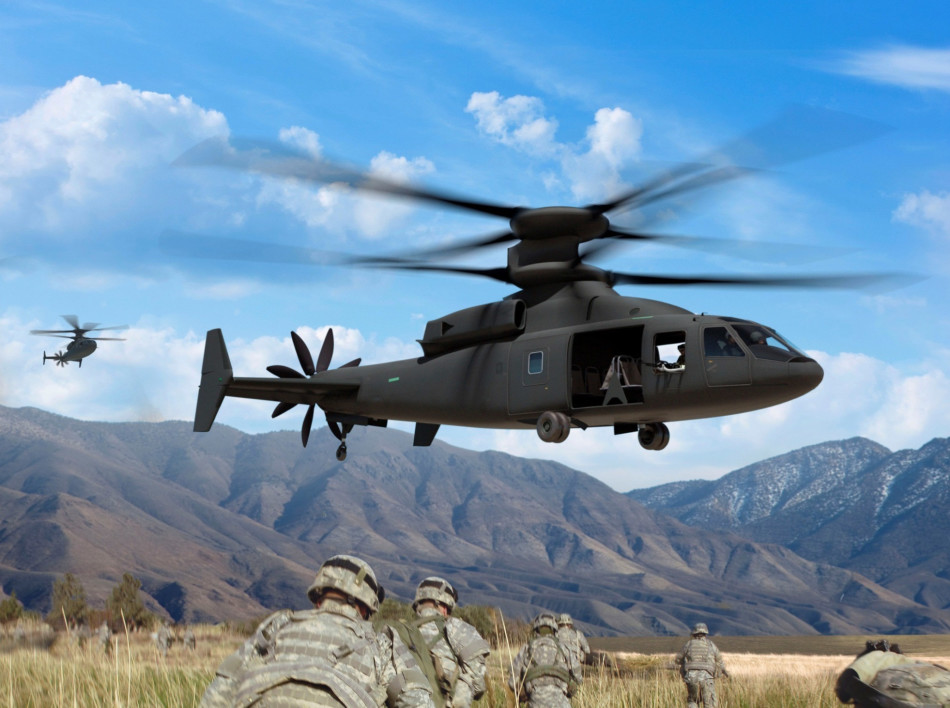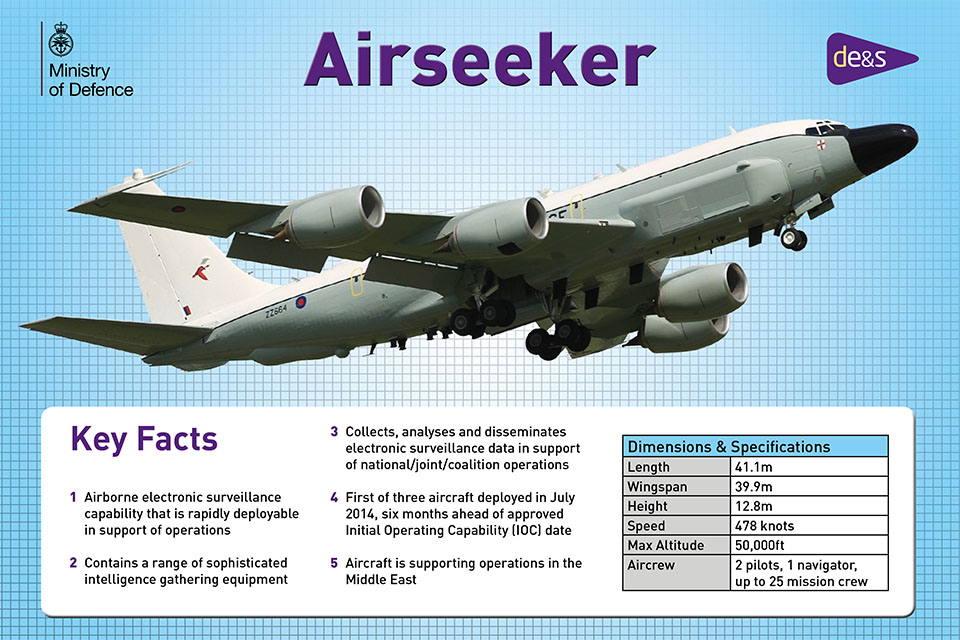The
UK’s Secretary of State for Defence, the Rt Hon Michael Fallon has called upon the British Army to, “
adopt and accommodate,” the higher technology wars of the future, the Royal United Services Institute (RUSI) Land Warfare Conference heard earlier this month. Addressing delegates in London on 1 July, Fallon described how the UK was now living in a, “
darker world,” emphasising the advent of hybrid warfare and cyber attack. “
This has changed the rules of the game,” Fallon asserted.
“
But we must go further….We can’t defend the country without a strong army and this is why we are maintaining our manifesto pledge to maintain the existing size of the regular and reserve forces and considering what the army’s future role should be?”
Describing ongoing work regarding the UK government’s forthcoming Security and Defence Strategic Review (SDSR), Fallon highlighted three emerging themes regarding the assessment of threats and capabilities required to best deploy the forces for homeland security. Themes included “productivity; innovation; and internationalism.”
Referring to productivity, Fallon described ongoing commitments in Sierra Leone (medical support), Nepal (Humanitarian aid), Iraq (training of Peshmerga forces) and Kabul (mentoring of Afghan National Security Forces) with 46,000 armed forces personnel deploying to 40 countries so far in 2015. “
We can’t expect the threat to diminish and we have to work smarter,” he said while promoting the government’s GBP900 million 10-year contract with Babcock to maintain, repair and restore the army’s vehicles and thereby allowing the service to concentrate on delivering effect on the battlefield. Turning his attention to innovation, Fallon described how the 2011 SDSR had recognised how the army had to be more flexible in a multi-threat environment with the introduction of the Army 2020 concept. “
We are now seeing that future force emerge, prepared and equipped with a GBP160 million equipment plan allowing us to bring urgent operational requirements such as the FOXHOUND and MASTIFF protected patrol vehicles into service as well as the cutting edge SCOUT vehicle.”
Fallon also revealed that a GBP150 million contract has been signed with CTA International for 40mm cased telescope cannon and airburst ammunition for the SCOUT vehicle. “
77 Brigade involves striving to be masters of the narrative, debunking misinformation spread by adversaries. These army pioneers understand you can’t win the war without winning the battle of hearts and minds,” he added.
Referring to the SDSR’s focus on international cooperation, Fallon urged there was “
no question of the UK sitting this out. When a gunman can slaughter innocent british tourists on a beach in Tunisia; Islamic State (IS) continues its murderous rampage across Iraq and Syria; large-scale migration from North Africa; and Russian expansion threatening our NATO allies; we have to defend with all our hearts. Global problems like these require global solutions.”
In line with this strategy, Fallon described how the UK was planning to send another 125 troops to boost counter-IED training of Iraq’s security forces and outlined how 3,000 troops had been deployed in eastern Europe as part of NATO Immediate Assurance measures in collaboration with Poland, Latvia and Lithuania. Additionally, he also described efforts to, “
step up,” the programme for medical, infantry and logistics training to the Ukrainian armed forces, as well as ongoing commitments to the NATO Very High Readiness Task Force and plans to stand up a Joint Task Force with France in 2016. Referring to ongoing operations against IS, Fallon said: “
It will be a long and hard campaign and the measure of success will be how the Iraqi government must be capable of delivering security to the country. IS is a very direct threat to our way of life and our citizens and we are looking at and making an assessment that will help frame the SDSR itself.”
Finally, Fallon assured delegates that the UK government would meet NATO expenditure limits (2% of GDP) in 2015 with planning budgets for 2016 through to 2019 due to be published later this year.
Senior NATO commanders have described the contemporary operating environment and in particular current threats emerging from Russia, China and Islamic State (IS). Speaking on the “Persistent Engagement” and “Applying Land Power” panels at the RUSI Land Warfare Conference, service officials described highly complex and hybrid operating environments, requiring NATO partners to exploit the joint operations concept across the services and connect with other government agencies According to
Maj.Gen. Almantas Leika, commander of the Lithuanian Land Force, the threat of Russian armed forces on the country’s eastern border proved the nation state was witnessing “
evolving capabilities” with Russian forces now skilled in conducting information operations and propaganda including “
strategic surprises” and the “
opportunist employment of instruments.” In April, Ukraine released imagery which it said supported claims that Russian special forces were operating in a clandestine capacity in Crimea and eastern Ukraine.
Meanwhile,
Lt.Gen. HR McMaster, director, US Army capabilities integration center, described how Russia was conducting a, “
limited war for limited objectives.” He highlighted how Russia was using unconventional forces and a very sophisticated campaign of propaganda and political subversion in order to achieve their strategic objectives.
“
We are seeing state and non-state threats with the likes of Russia and China using unconventional means to undermine security,” McMaster said. However, referring to any counter-strategies to be engaged by NATO must be able to consolidate any gains made in the future.
Sir Graeme Lamb, Senior Associate Fellow at RUSI described the contemporary operating environment as an “
autonomous war,” featuring independent and self-determining actions outside the control of participating NATO nations.
“
This century is different. We’re connecting but we’re just not informed and in that space you can do a great deal of damage, It’s science fact, not just science fiction with individuals capable of bringing industrial violence to bear,” Lamb explained. “
It’s no longer war away from the masses or among the masses. It’s war by the masses!”
Finally,
Lt.Gen. Timothy Evans, commander of the NATO Allied Rapid Reaction Corps (ARRC) reiterated that the organisation would achieve Full Operational Capability in 2016- a year before the UK takes over a the ARRC framework nation. Designed to provide a “lead fighting brigade” and with access at anytime to three of 11 NATO Special Operations Forces pledged to the concept, the ARRC is aimed at providing a more flexible command and control (C2) concept of operations for the Alliance. The ARRC will participate in Exercise “Arrcade Fusion” in the Baltic States towards the end of the year, designed to test and develop interoperability amongst various force elements from the NATO Alliance at short-notice and with support of a Joint Task Force headquarters. Arrcade Fusion 2014 comprised theatre-level operations as well as air and sea command integration with land operations.
The commander of the
UK Ministry of Defence’s (MoD’s) Joint Forces Command, General Sir Richard Barrons, has outlined a hit list of technology uplifts allowing the armed forces to conduct warfare in the “information age.” Speaking to delegates on 30 June, Barrons paid particular attention to processing power; the military use of space; and unmanned technology. “
The nature of warfare doesn’t really change. It is hard, brutal, visceral and irrational. We threaten to use force or apply force,” Barrons explained with reference to ongoing activities to counter IS in Iraq and Syria, Russian competition across NATO boundaries, and nationalistic events in the South China Sea. “
But the character of conflict does change over time and as we move into the information age, military capability follows it.”
Specifically, Barrons highlighted
three areas which he said the UK armed forces should pay particular focus to. The
first included optimal processing power of intelligence, surveillance and reconnaissance (ISR) data; miniaturisation of sensor payloads; data mining; and the exploitation of open source intelligence (OSINT) and social media.
Second, he called for increased military use of “space” with requirements for higher resolution of satellite and airborne intelligence image intelligence (IMINT); appetite for longer range; improved precision and stealth capabilities; and flexibility in future munition warheads.
Finally, in the realm of unmanned technology, Barrons described the, “
evolution of robotics and autonomous systems,” as well as new forms of capability to launch complex weapon systems and sensors.
Hypothesising about a layered ISR approach, he outlined a concept of operation centred around multiple geostationary (GEO) satellites with 0.6m resolution; and ability to house a synthetic aperture radar payload. In the commercial space, he acknowledged developments being made in low earth orbit (LEO) military and nuclear-hardened satellites (capable of withstanding High Altitude Nuclear Electro-Magnetic Pulse threats), each comprising a cheaper alternative with two-year lifespan. Additionally, he called upon hybrid air vehicles and high altitude long endurance (HALE) unmanned vehicles to provide three to four months in loitering capability for communications and ISR support as well as a study as to how air-breathing ISR assets can best operate in an Anti-Access Area Denied (A2AD) environment. “
85% of intelligence used is coming from OSINT but we need data scientists and analysts to turn this into visual data and show us how best to use it,” Barrons explained while highlighting how IS hosted Twitter and Facebook profile in 23 different languages.
Discussing cyber warfare, he called for more integration of cyber operations into wider deployment of the armed forces. “
Cyber is just another part of full spectrum targeting and part of the interaction of states versus non-states and we need to draw on expertise of civil society,” he stated.
Finally, he hailed the development of robotics and autonomy as two “great advantages” now available to armed forces and urged the British Army to consider options to replace personnel and working dogs in dangerous situations such as Explosive Ordnance Disposal and compound breaches with robotic systems.
The
British Army’s Chief of the General Staff, General Sir Nicholas Carter, has called for the UK’s armed forces to “
fight smarter” in a contemporary and future operating environment which he described as the “
Hot Peace.” Addressing delegates, Carter explained how current warfare appeared “
short of war,” with the British armed forces learning “
significant” lessons from recent campaigns in Afghanistan and Iraq about the use of land power. “
The character of conflict has evolved with anybody now able to look into what we are doing on the battlefield. Enemies are indistinguishable from the population and our success is now judged through [their] perception. We have to get used to the political objectives getting much harder to define with manoeuvres becoming more multi-dimensional than they were,” Carter said while describing integration as the “
new operational art” form.
“
We have to become more adaptable and agile and provide policy makers more options than in the past, with an orchestration of range of different units, not necessarily under our control,” he added.
Describing how greater levels of efficiency could be generated if all instruments of national power were orchestrated together, Carter also stressed the importance of developing relationships and trust with partner nations, highlighting French operations in Mali as a positive example.
Referring to multi-national operations, Carter stressed interoperability as “
fundamental” in moving forward, citing the British Army’s 3rd Battalion, The Parachute Regiment, jumping and “
properly integrating” with US airborne counterparts in Fort Bragg earlier this year. “
Interoperability has to be taken to another level,” he urged.
In the tactical environment, Carter also called for a “
new direction,” capable of being scaleable, modular and distributed and able to deploy smaller headquarters which might not need to employ with the full orchestra of assets. “
The Divisional-level is essential and the level at which we would fight wars, allowing us to act independently in those circumstances to plan and execute simultaneous tactical engagements,” he continued while describing how the 77th Brigade (formerly the Security Assistance Group) had been expanded to aggregate a new form of warfare through non-kinetic means. The brigade was rebranded in January as part of the Army 2020 concept with a remit to collaborate with cross-government agencies in defence engagement and building stability overseas strategies.
Furthermore, he called for a new approach in handling the numerous and diverse sources of intelligence, surveillance and reconnaissance (ISR) information. Referring to the 1st ISR Brigade, also created under Army 2020 and which became operational in September, Carter described how integration of air and land assets must be taken to “
another level.”
The ISR Brigade reports to the Force Troops Command with responsibility for all of the army’s ISR capabilities including Electronic Warfare, Signals Intelligence, target acquisition and UAVs.
Referring to the Russian threat on NATO’s eastern border, Carter acknowledged the information battlespace as a very “
sophisticated area to operate in” before describing the Cyber domain as a threatre in which anybody could participate.
“
Dealing with non-state threats, do we need a different solution?” he asked. “
We need to be more readier everywhere and require a rather different range of contingencies than we have had in the past.”
Andrew White



















